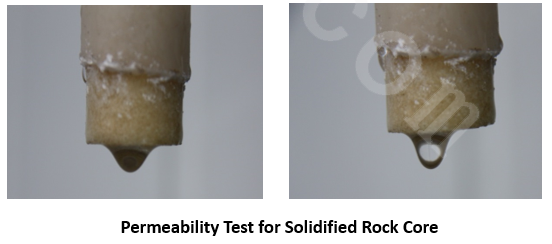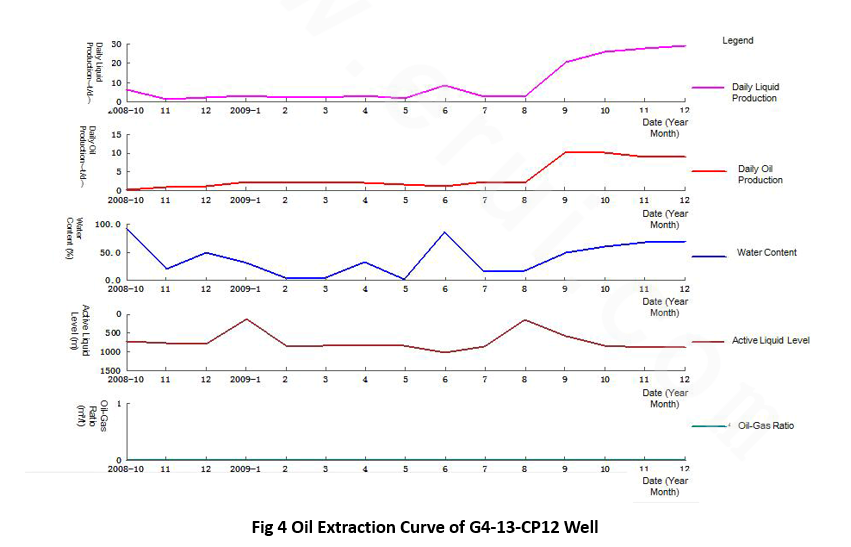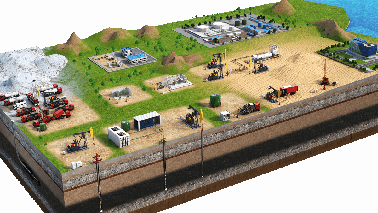ERUI:EFFICIENT SUPPLY CHAIN
ERUI:EFFICIENT SUPPLY CHAIN













Corrosion and Scale Inhibition Technology
Crude Oil Demulsification Technology
Water Shutoff and Profile Control Technique
We demonstrate the working scene of oil and gas energy field, which help you quickly select the products you need.
